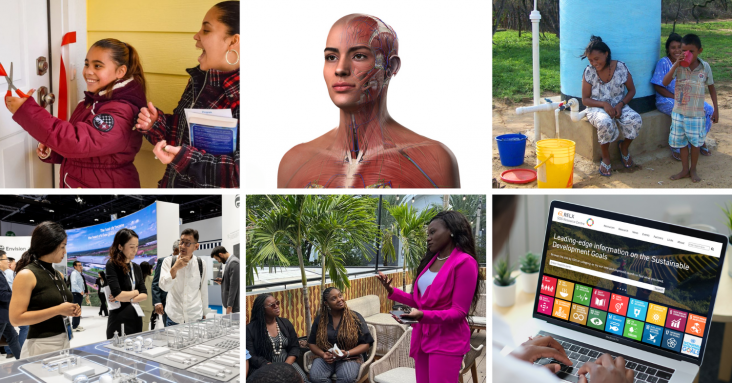
Rare Disease Education: Infantile Neuroaxonal Dystrophy
Editor: Kelsey LaFayette, DNP, RN, FNP-C

Rare Disease Education: Long-chain 3-hydroxyacyl-CoA Dehydrogenase Deficiency
Editor: Kelsey LaFayette, DNP, RN, FNP-C

As we pass the halfway point for the SDGs, many of the goals are worryingly off track and progress on 85% of the target indicators has stalled or even reversed. Through our information, products and people, RELX remains committed to advancing the Goals. Here are some of the ways that we continue to support their achievement.
This Article supports SDG 3 sequencing hepatitis C virus genomes in west Africa, showing the level of genotypic diversity and measuring the response to direct-acting antivirals.
This Article supports SDG 3 by estimating the prevalence of chronic hepatitis C virus infection in Europe and suggesting that EU countries need to scale up testing and treatment linkage, as well as review overall strategies for hepatitis prevention.
This Article supports SDG 3 by showing that mobile health clinics can be a feasible and effective way of providing hepatitis C services to underserved, at-risk populations who face barriers to care. Policymakers should consider implementing such programmes in order to increase diagnosis and treatment rates and improve outcomes among these populations.
This study supports SDG 3 by providing data on the prevalence and characteristics of occult hepatitis B virus infection.
This article supports SDG 3 by providing global prevalence data on occult HBV infection in younger populations.


